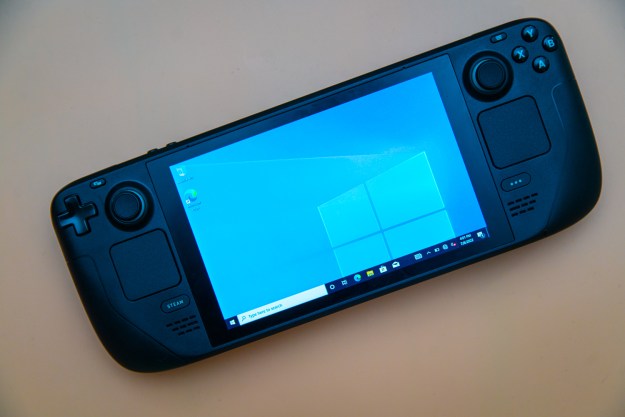
Update 10:54PM 6/24/2015: Samsung has issued a further statement. It read as follows.
Update 3:02PM 6/24/2015: Samsung has issued a brief and rather vague response. A spokesperson told us “We are aware of Mr. Barker’s claim regarding Windows 8.1 updates on our computers. We take security concerns very seriously and we are working with Microsoft to address this matter.”
Whether or not this means the practice will stop is difficult to say. Hopefully the company will learn from Lenovo’s mistake and not attempt to ignore the problem.
Many of us have cursed Windows Update when it decides it would like to restart the computer right as we’re in the middle of something important, but it’s necessary to keep Windows secure. Some might decide to turn automatic updates off, and that’s their choice to make.
A recent discovery shows that on at least some Samsung computers, though, it isn’t the user’s choice to make at all. It all started when Microsoft MVP Patrick Barker was attempting to help a user on his forum who found that Windows Update was being disabled randomly. The user re-enabled it multiple times, and each time it was disabled again.
After doing some digging, Barker discovered that the culprit was a file by the fairly obvious name of Disable_Windowsupdate.exe, which was included in Samsung’s SW Update utility. Like other similar utilities, SW Update is responsible for keeping Samsung-specific software up to date.
When Barker contacted a Samsung rep, they offered a reason for turning off Windows Update: “When you enable Windows updates, it will install the Default Drivers for all the hardware no laptop (sic) which may or may not work. For example if there is USB 3.0 on laptop, the ports may not work with the installation of updates. So to prevent this, SW Update tool will prevent the Windows updates.”
It’s worth pointing out that while most OEMs offer similar software to keep their drivers and utilities updated, none of them need to disable Windows Update to do so. Whether Samsung is using this as a band-aid fix for a specific issue or simply doing so to prevent possible issues isn’t yet clear. No matter the reason, this approach is obviously dangerous for users.
Disable_Windowsupdate.exe isn’t included on Samsung computers from the start, but is downloaded by the SW Update utility, so it isn’t clear exactly how many computers are affected by this. This issue has been affecting users since at least April of this year, so if this was an internal workaround pushed to users by mistake, it’s clear that Samsung hasn’t rushed to fix it.
Luckily, the fix for this is fairly simple for Samsung laptop owners. Simply uninstall the SW Updater app and Windows Update will resume working as intended.
We have reached out to Samsung for a statement on this issue, but have not received one at time of publication.
Editors' Recommendations
- Windows 11 vs. Windows 10: finally time to upgrade?
- Beware! The latest Windows 11 update might crash your PC
- Windows 11 will use AI to automatically upscale games
- A huge barrier just fell for Windows on Arm
- Qualcomm and Samsung are teaming up to fight Apple’s Vision Pro


